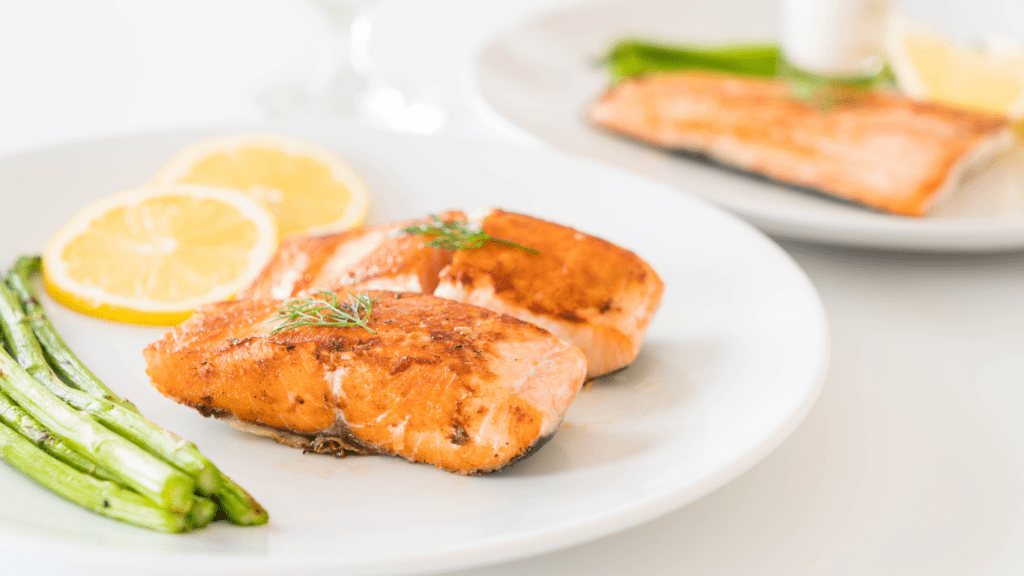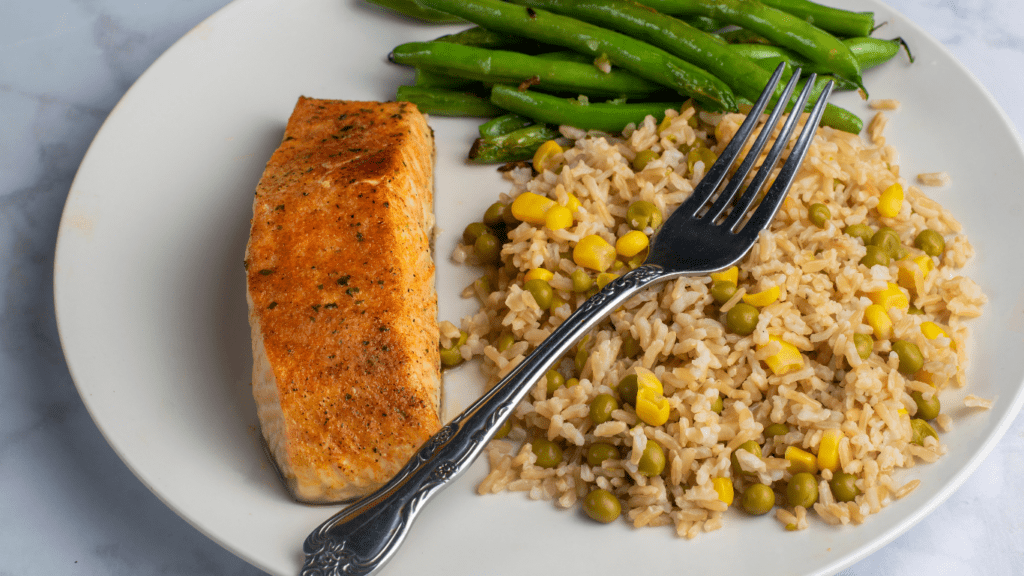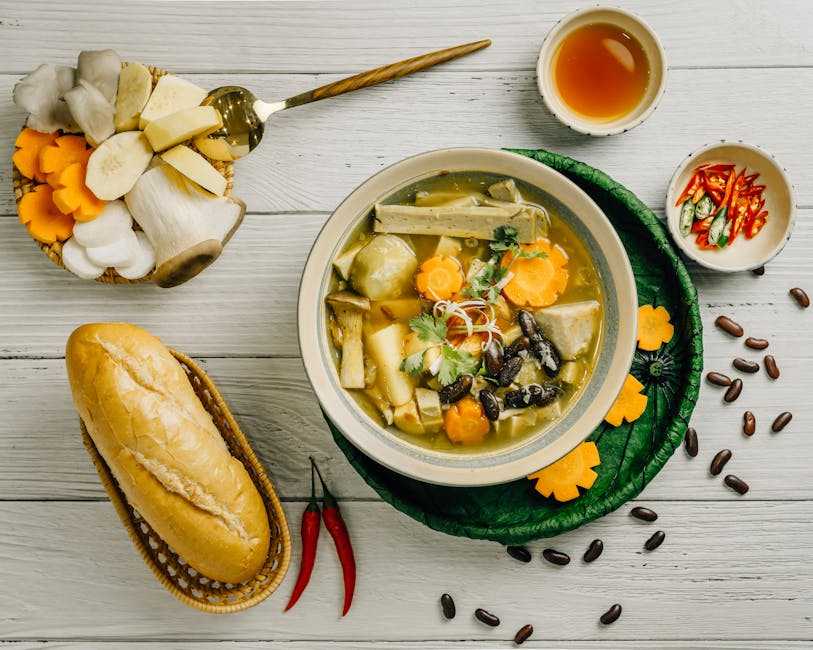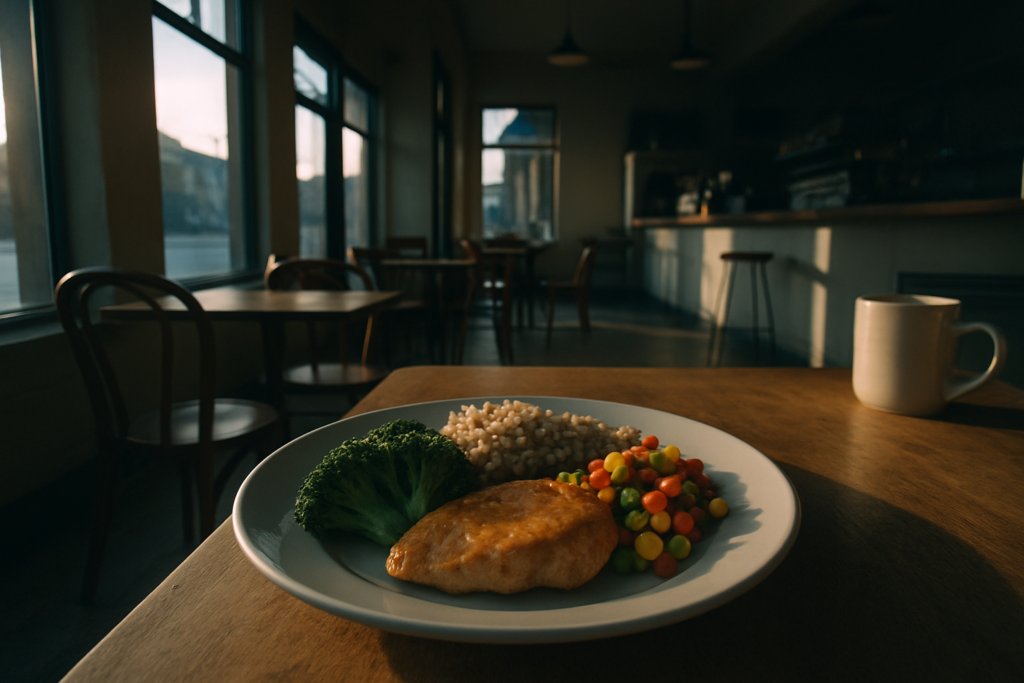Are you looking to enjoy delicious meals without compromising your calorie intake?
In this article, I’ll guide you through a mouthwatering selection of low-calorie dinners that are all under 500 calories. Eating healthy doesn’t have to mean sacrificing flavor, and these recipes prove just that.
From flavorful salads to hearty soups and satisfying main courses, I’ll share a variety of options to help you stay on track with your health goals.
Whether you’re a busy professional, a health-conscious individual, or someone simply looking to explore new culinary delights, these low-calorie dinner ideas are sure to tantalize your taste buds while keeping you on the right track.
Join me as we delve into the world of low-calorie dinners and discover how you can savor every bite without the guilt. Let’s explore the art of creating delicious meals that are not only satisfying but also nourishing for your body.
Health Benefits of Low-Calorie Dinners
Focusing on consuming low-calorie dinners doesn’t just aid in weight management; it also brings about a range of health benefits. These meals contribute to overall well-being by ensuring a balanced intake of essential nutrients while keeping calories in check. Here are some key health advantages of incorporating low-calorie dinners into your meal plan:
- Promotes Weight Loss: Low-calorie dinners are a practical choice for individuals looking to shed excess weight. By reducing daily caloric intake, these meals create a calorie deficit that can lead to weight loss over time.
- Supports Heart Health: Consuming meals under 500 calories typically means lower saturated fats and cholesterol, which are crucial factors in maintaining heart health. This dietary choice may help reduce the risk of heart diseases and related complications.
- Boosts Metabolism: Eating low-calorie dinners can help boost metabolism as the body efficiently processes lighter meals. A faster metabolism can aid in burning calories more effectively and may support weight management efforts.
- Enhances Digestive Health: Opting for low-calorie dinners often involves incorporating fiber-rich foods like fruits, vegetables, and whole grains. These ingredients promote digestive health by aiding digestion and maintaining a healthy gut microbiome.
- Regulates Blood Sugar Levels: Inclusion of balanced nutrients in low-calorie dinners, such as lean proteins, complex carbohydrates, and healthy fats, can help regulate blood sugar levels. This balance is essential for preventing spikes and crashes in blood sugar.
- Provides Nutrient Density: Despite being low in calories, these dinners can be nutrient-dense, offering essential vitamins, minerals, and antioxidants crucial for overall health and well-being.
By choosing low-calorie dinners under 500 calories, individuals can not only manage their weight effectively but also reap numerous health benefits that contribute to a healthier lifestyle.
How to Create Balanced Low-Calorie Meals
I aim to share insights on crafting well-rounded low-calorie meals that are both tasty and nutritious.
Incorporating Lean Proteins
I prioritize incorporating lean proteins like skinless chicken breast, turkey, tofu, or fish into my low-calorie dinners. This aids in muscle maintenance and keeps me feeling full longer.
Choosing High-Fiber Vegetables
I opt for high-fiber vegetables such as broccoli, spinach, kale, and bell peppers to add bulk and essential nutrients to my meals. These veggies help improve digestion and promote a feeling of satiety.
Delicious Low-Calorie Dinner Recipes
Exploring new low-calorie recipes can be both exciting and rewarding. Here are some delicious dinner ideas under 500 calories to inspire your meal planning:
- Grilled Lemon Herb Chicken: Marinate chicken breast in a mixture of lemon juice, olive oil, garlic, and herbs. Grill until cooked through and serve with a side of steamed asparagus for a flavorful and light meal.
- Baked Salmon with Dill: Season salmon fillets with salt, pepper, and fresh dill. Bake until the fish is flaky and tender. Pair it with a mixed green salad drizzled with balsamic vinaigrette for a refreshing dinner option.
- Vegetarian Chickpea Stir-Fry: Sauté chickpeas with colorful bell peppers, onions, and a splash of low-sodium soy sauce. This protein-packed stir-fry is not only nutritious but also satisfying.
- Zucchini Noodles with Pesto: Spiralize zucchinis into noodle-like strands and toss them with homemade or store-bought pesto sauce. Add cherry tomatoes and a sprinkle of Parmesan cheese for a low-calorie twist on a classic pasta dish.
- Turkey and Quinoa Stuffed Bell Peppers: Fill halved bell peppers with a mixture of lean ground turkey, cooked quinoa, diced tomatoes, and spices. Bake until the peppers are tender and the filling is cooked through for a comforting and balanced meal.
Try these recipes to enjoy flavorful and fulfilling dinners that are not only delicious but also guilt-free.
Tips for Enhancing Flavor in Low-Calorie Meals
When creating low-calorie dinners under 500 calories, it’s essential to focus on maximizing flavor to make the meals more enjoyable. Here are some tips to enhance the taste of your dishes without adding extra calories:
- Spice It Up: Experiment with a variety of herbs and spices such as cumin, paprika, turmeric, and cinnamon to add depth and complexity to your dishes without the need for extra oil or salt.
- Citrus Zest: Adding citrus zest from lemons, limes, or oranges can provide a burst of flavor to your meals without any additional calories. It’s a refreshing way to brighten up your dishes.
- Broth-Based Sauces: Opt for broth-based sauces instead of heavy cream-based ones. Using vegetable or chicken broth as a base can infuse your dishes with flavor while keeping them light.
- Roasting and Grilling: Roasting or grilling vegetables and proteins can caramelize their natural sugars, enhancing their taste without the need for added fats. It’s a healthy cooking method that intensifies flavors.
- Acidic Ingredients: Incorporate acidic ingredients like vinegar, citrus juice, or tomatoes to balance flavors and add a tangy kick to your dishes. They can cut through richness and make your meals more vibrant.
- Fresh Herbs: Utilize fresh herbs like basil, cilantro, parsley, or mint to elevate the taste of your meals. They bring a burst of freshness and aroma that can transform a simple dish into a culinary delight.
- Toast Nuts and Seeds: Toasting nuts and seeds before adding them to your dishes enhances their nuttiness and crunch, amplifying the overall flavor profile of your meal.
By incorporating these flavor-boosting tips into your low-calorie dinners, you can enjoy delicious and satisfying meals that support your health and wellness goals without compromising on taste.



 Founder
Nicoleine is the visionary behind Food Meal Trail, dedicated to inspiring healthier eating habits. With a passion for culinary arts and nutrition, she combines her expertise to provide readers with innovative meal ideas and cooking techniques. Nicoleine believes that food should be both nourishing and enjoyable, and she is committed to sharing her love for wholesome cuisine with the world.
Founder
Nicoleine is the visionary behind Food Meal Trail, dedicated to inspiring healthier eating habits. With a passion for culinary arts and nutrition, she combines her expertise to provide readers with innovative meal ideas and cooking techniques. Nicoleine believes that food should be both nourishing and enjoyable, and she is committed to sharing her love for wholesome cuisine with the world.
